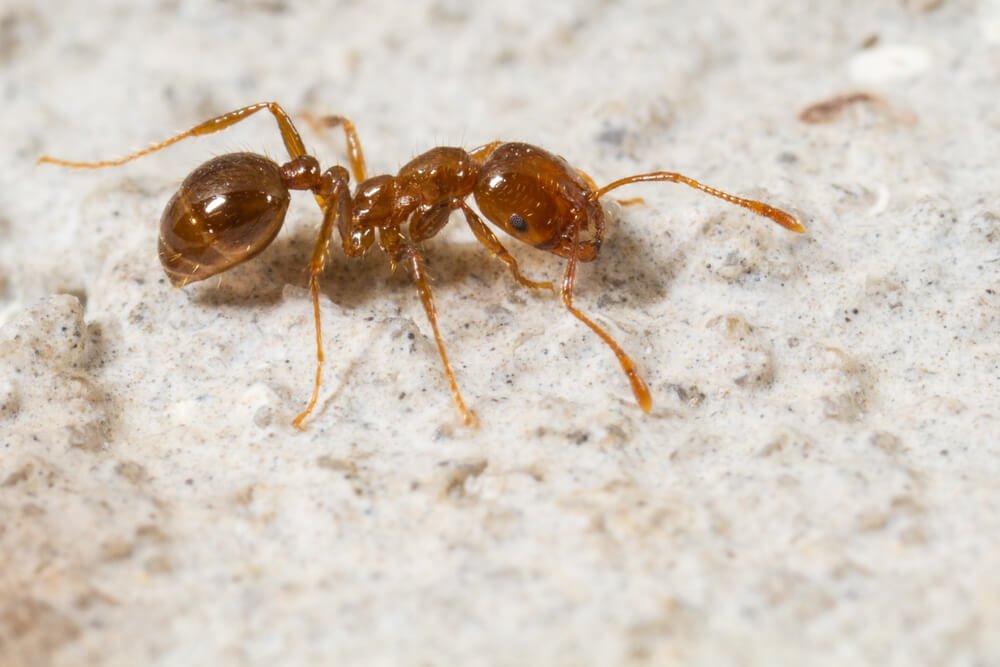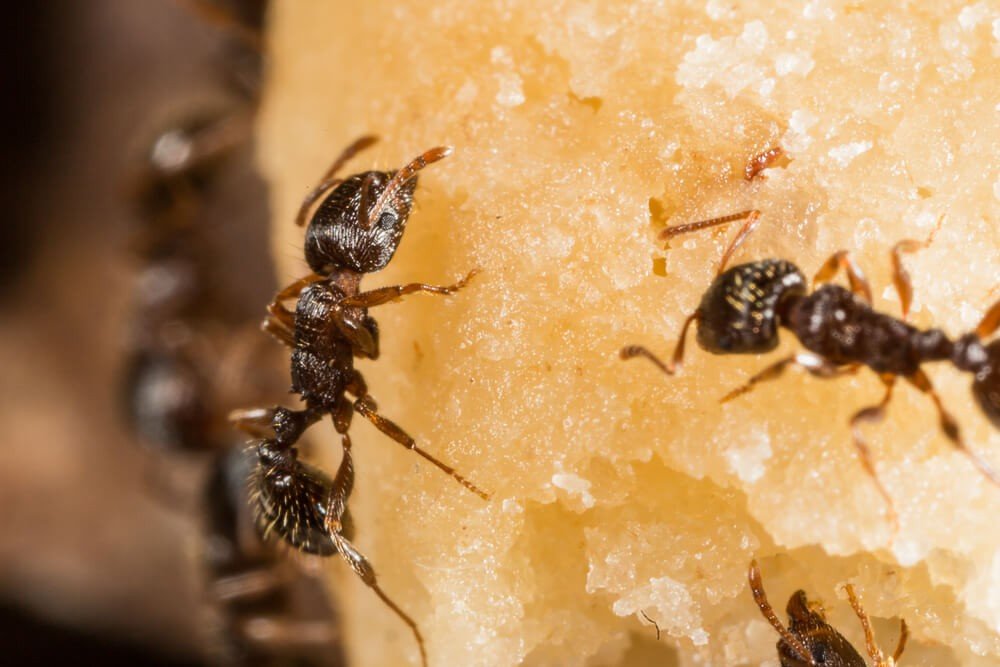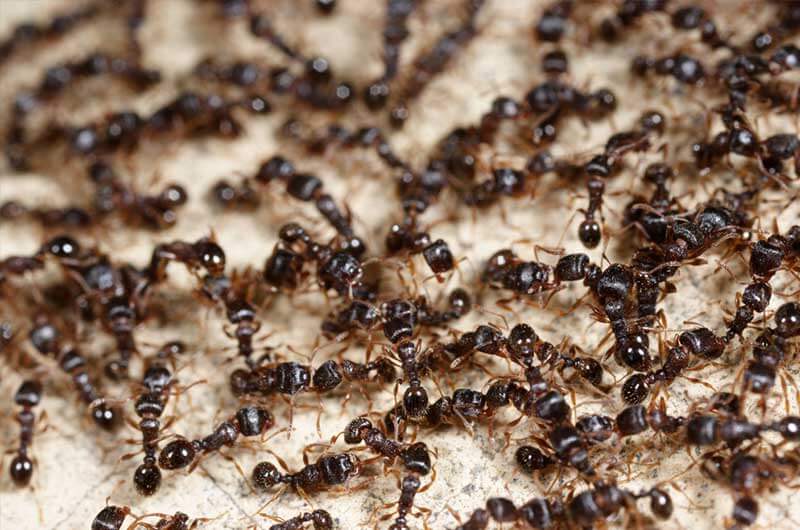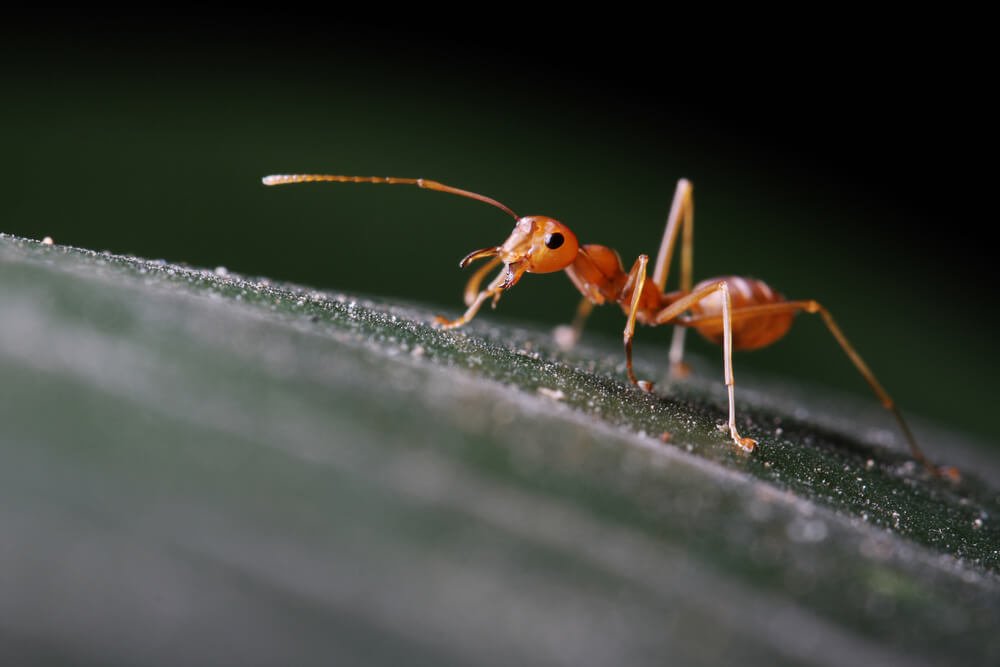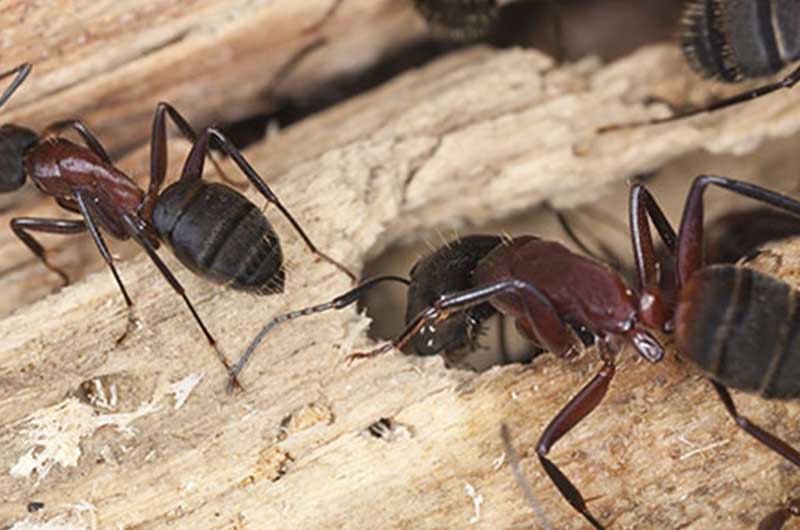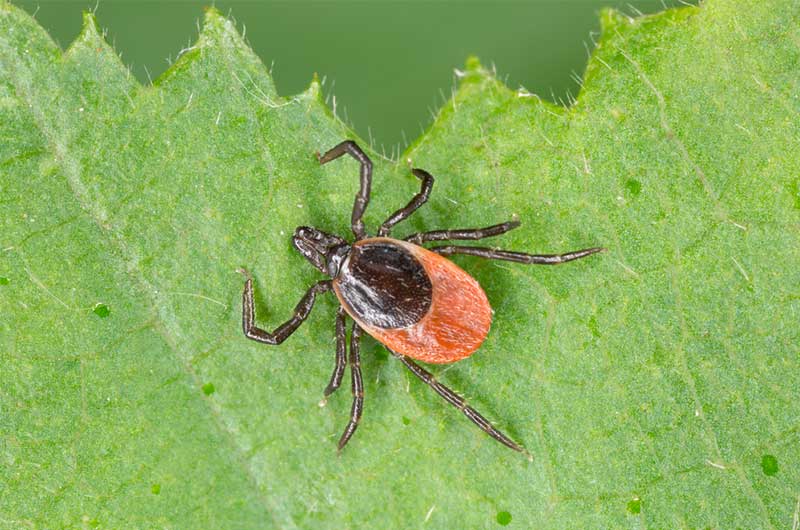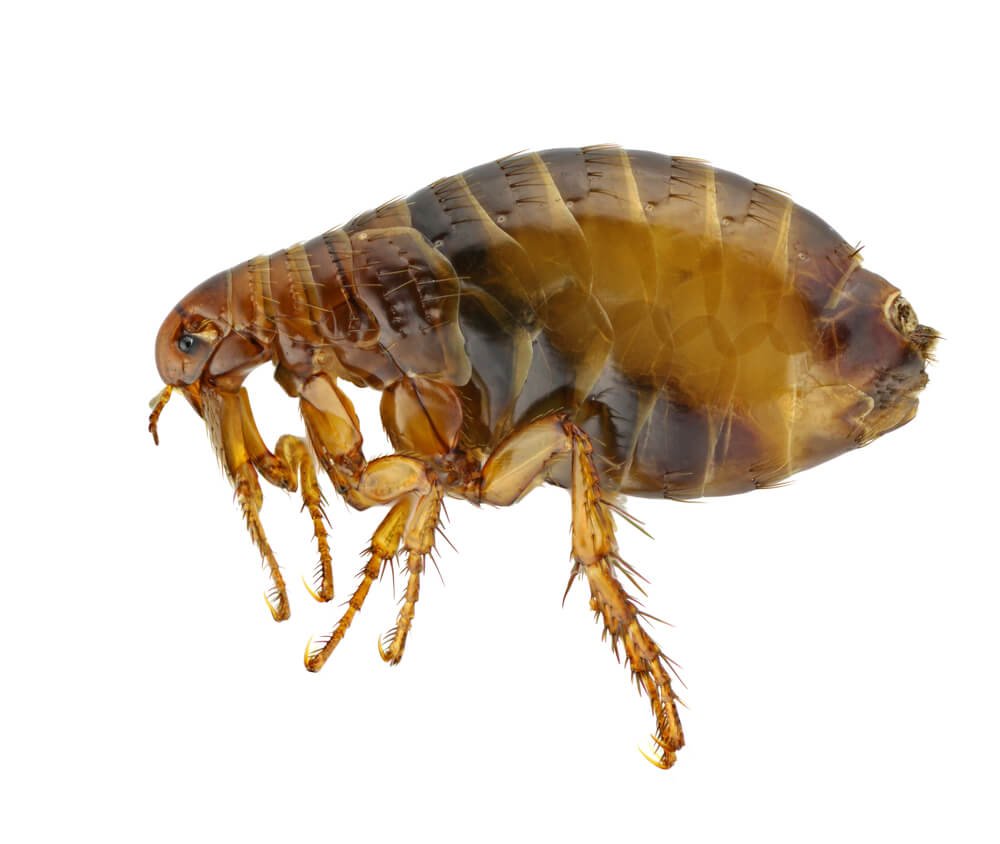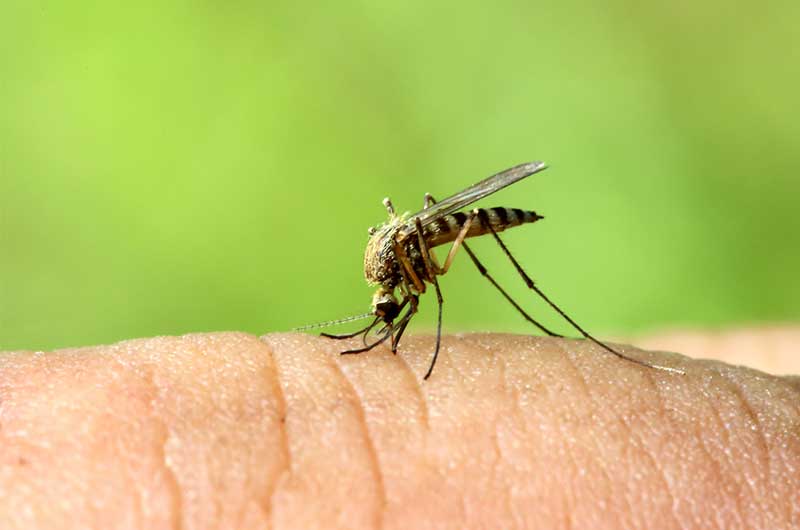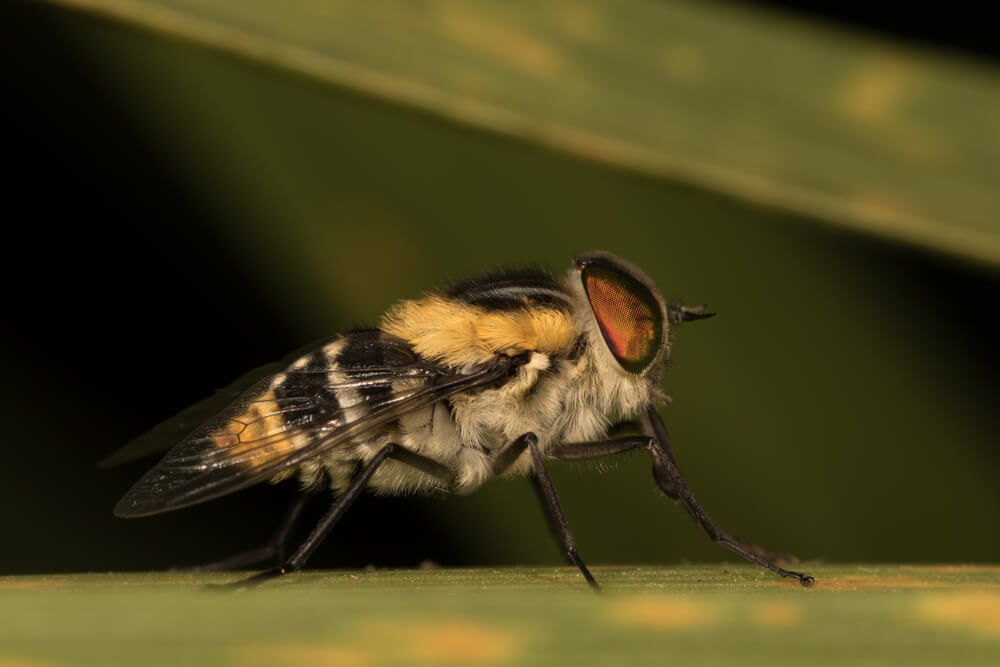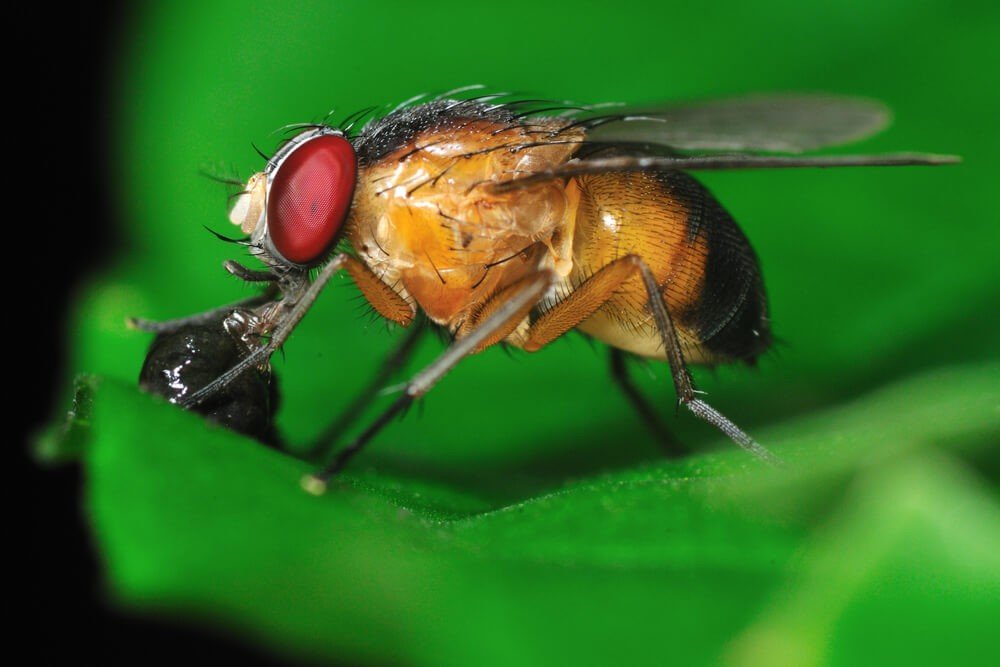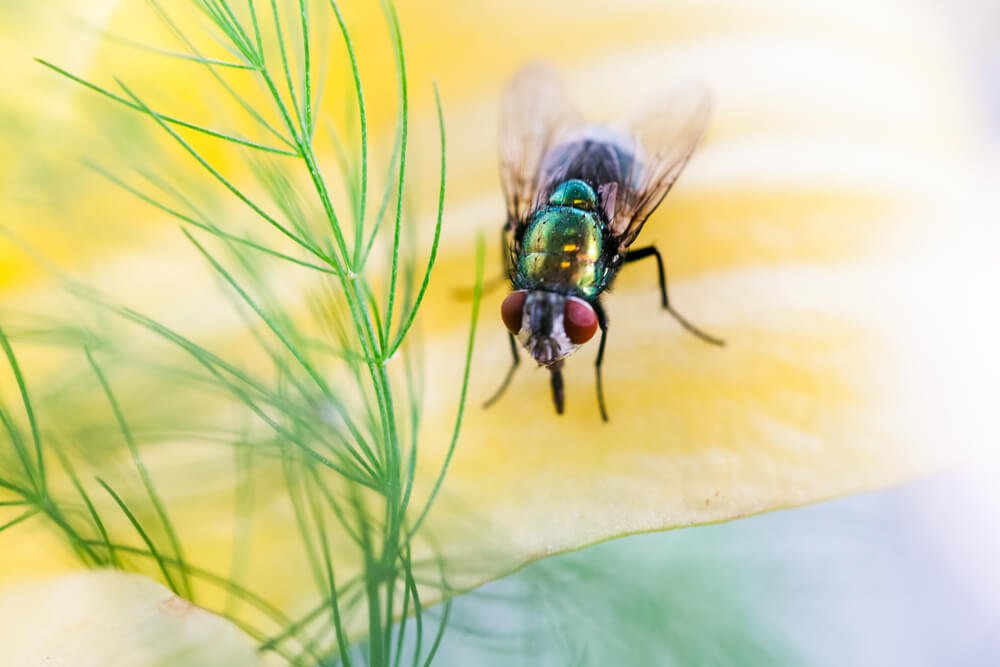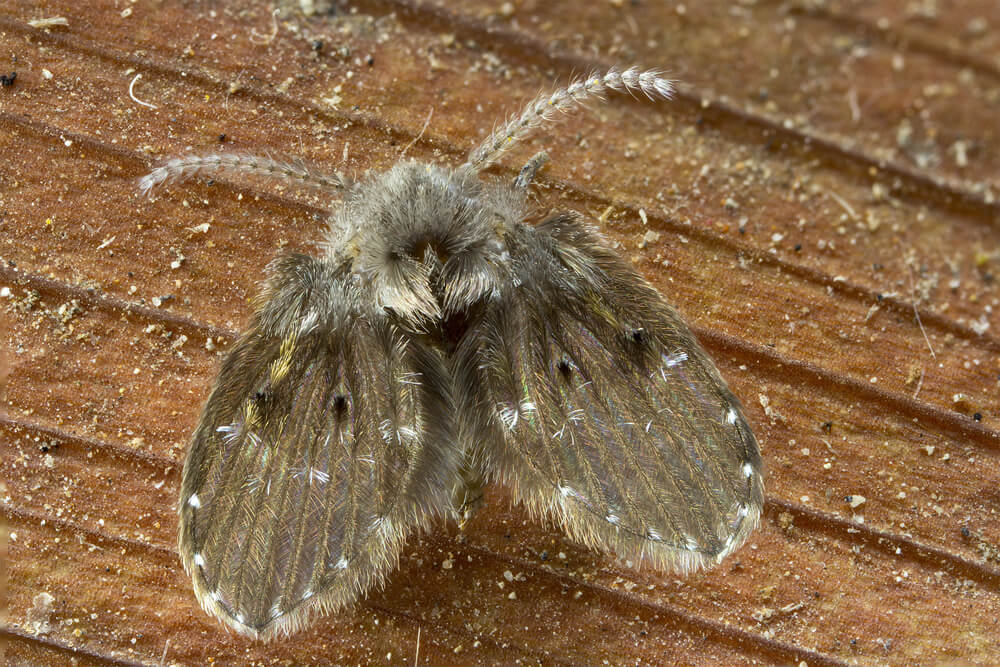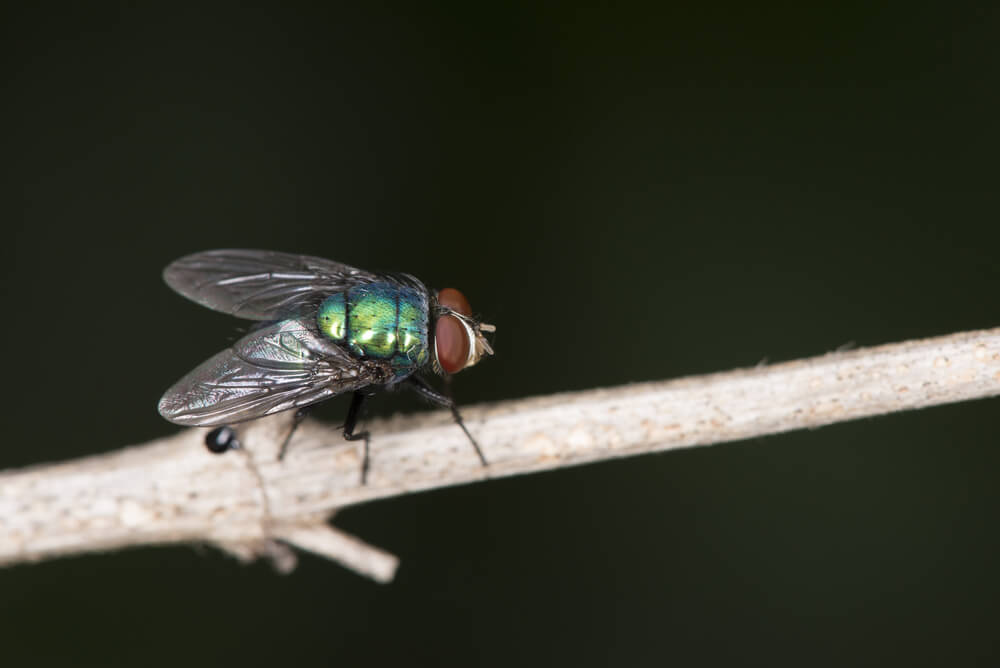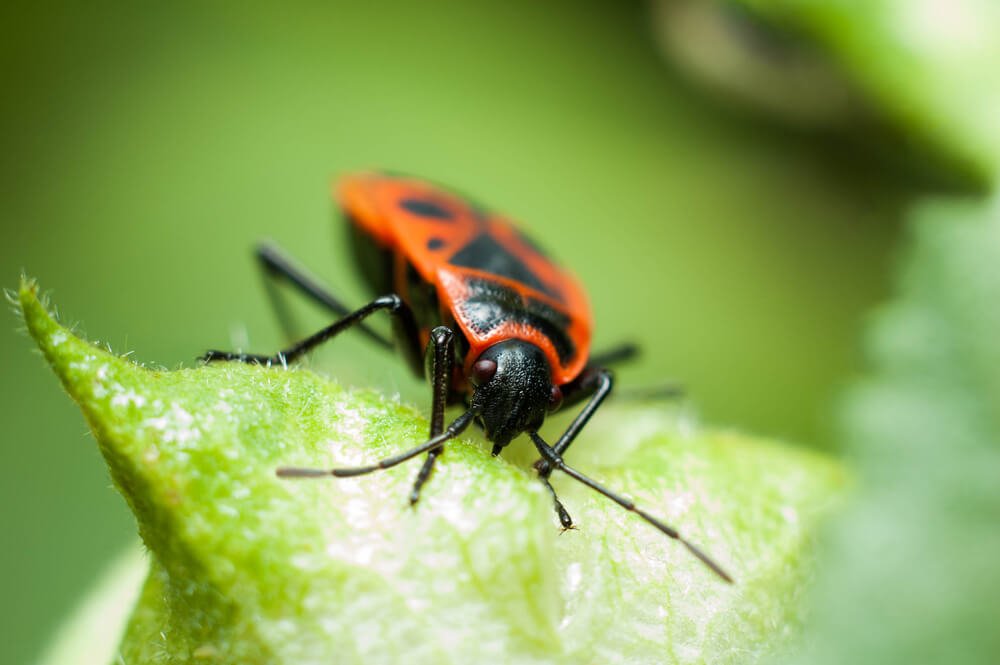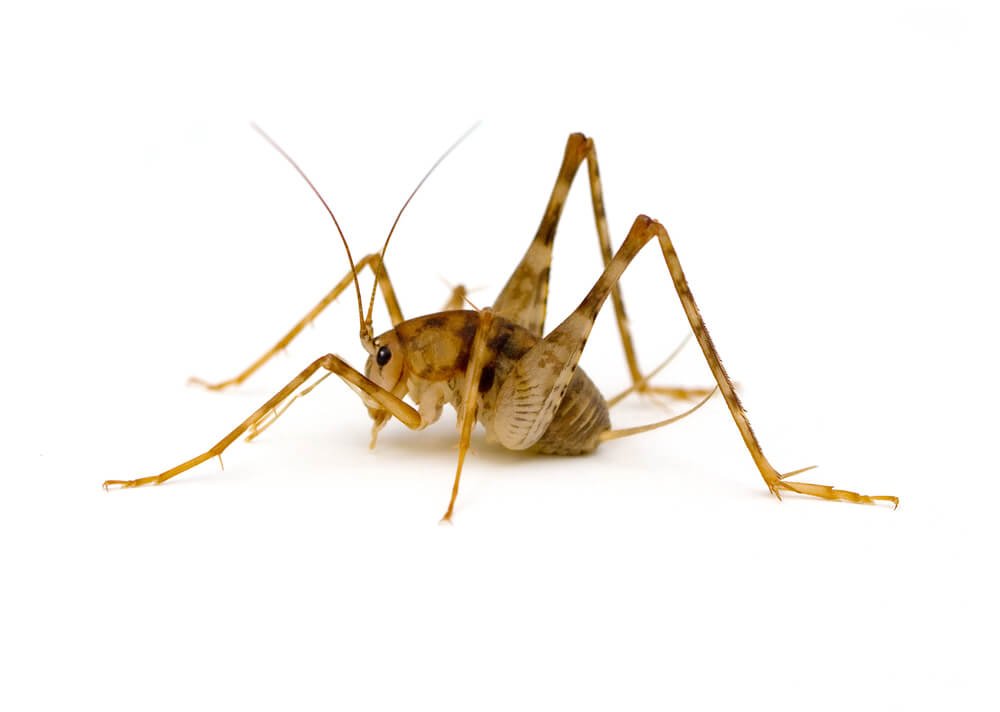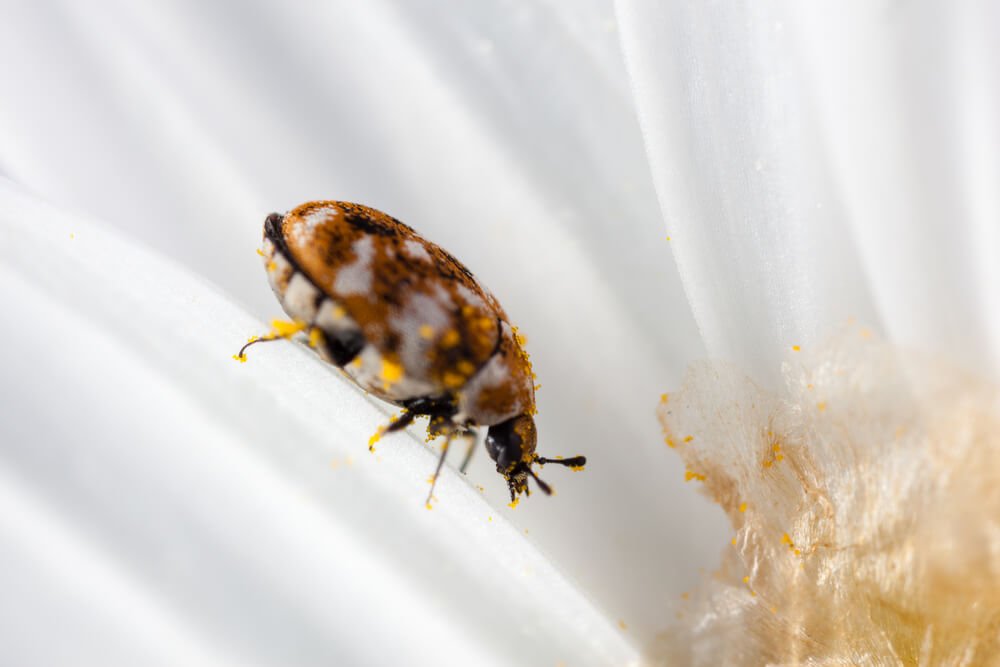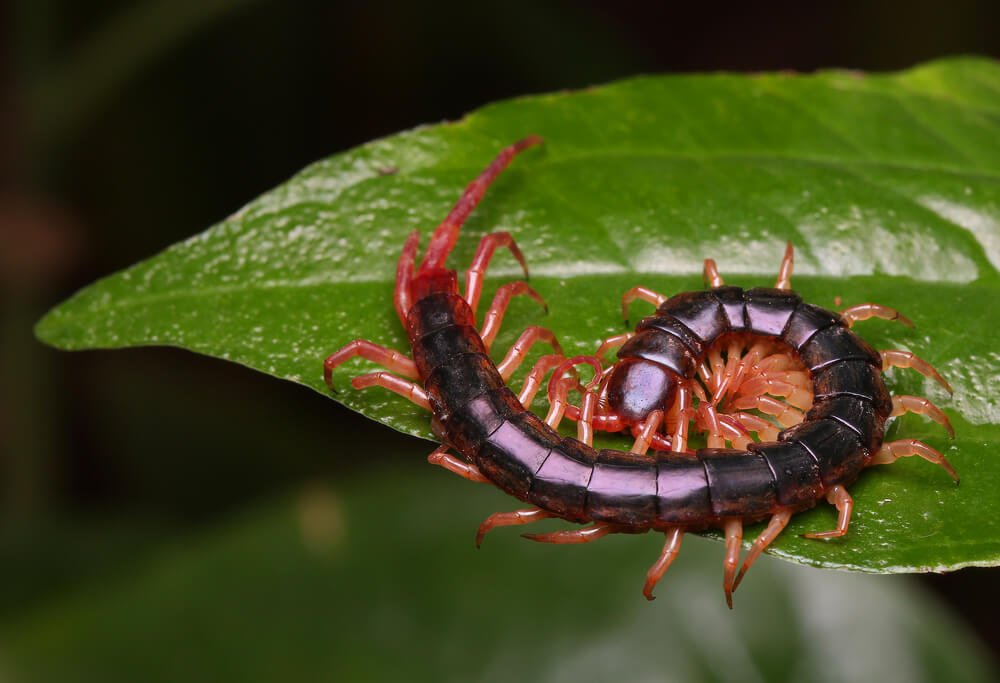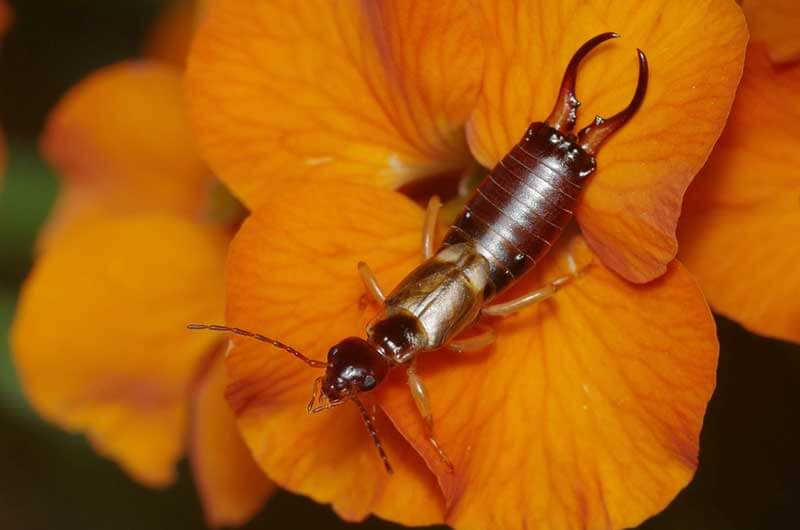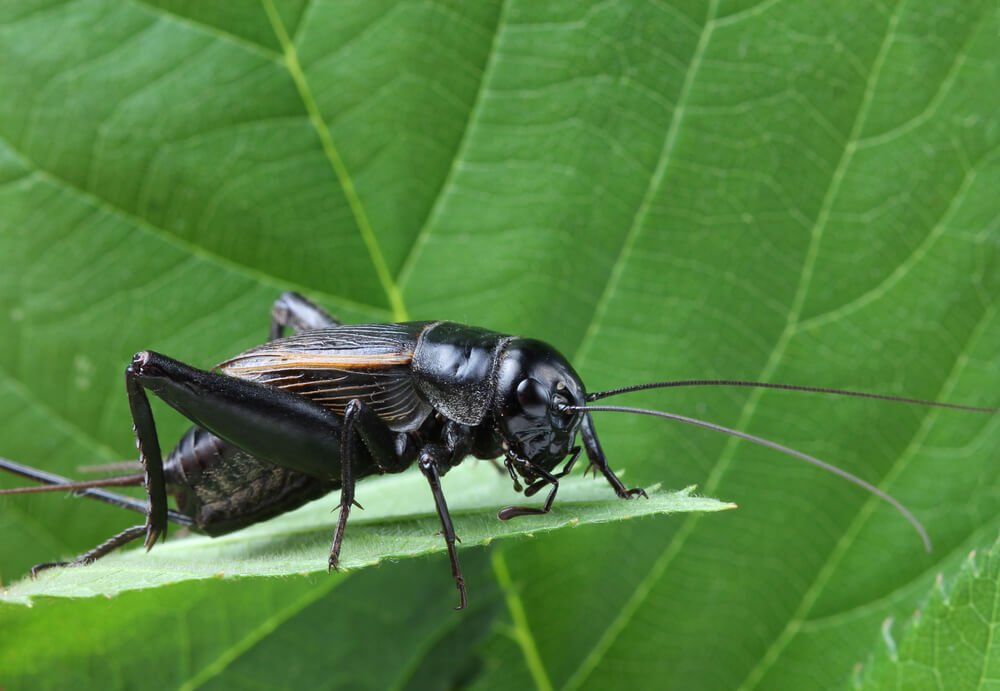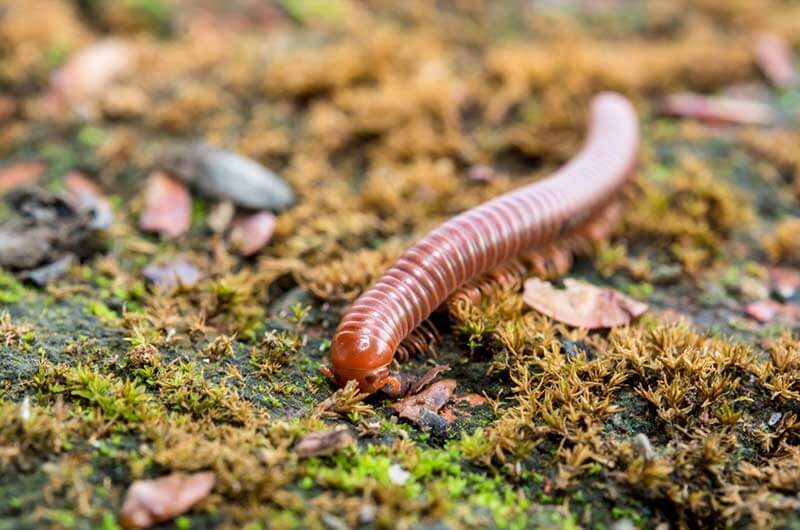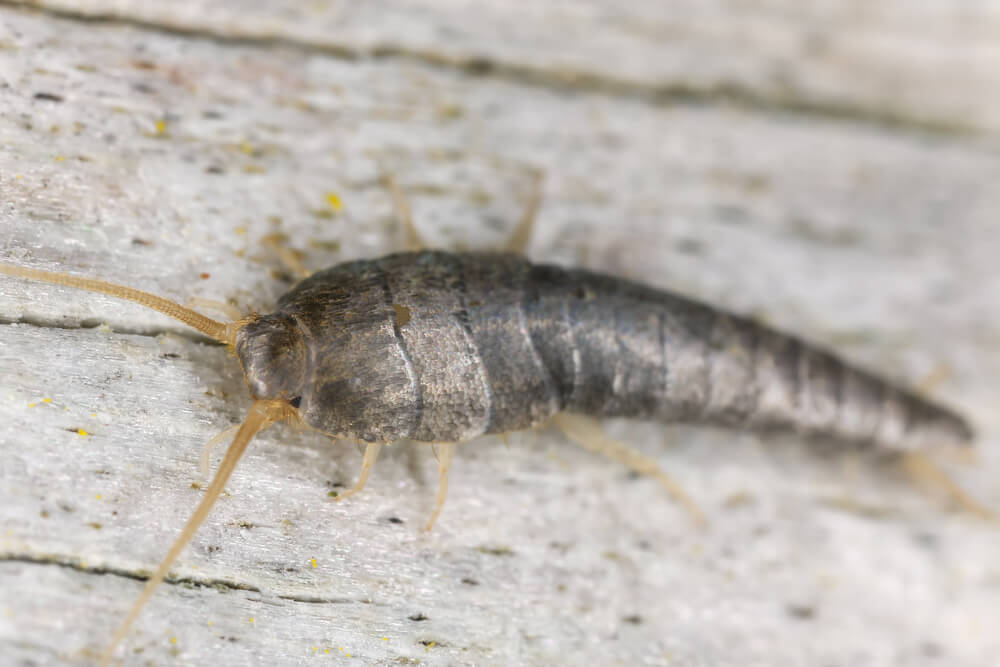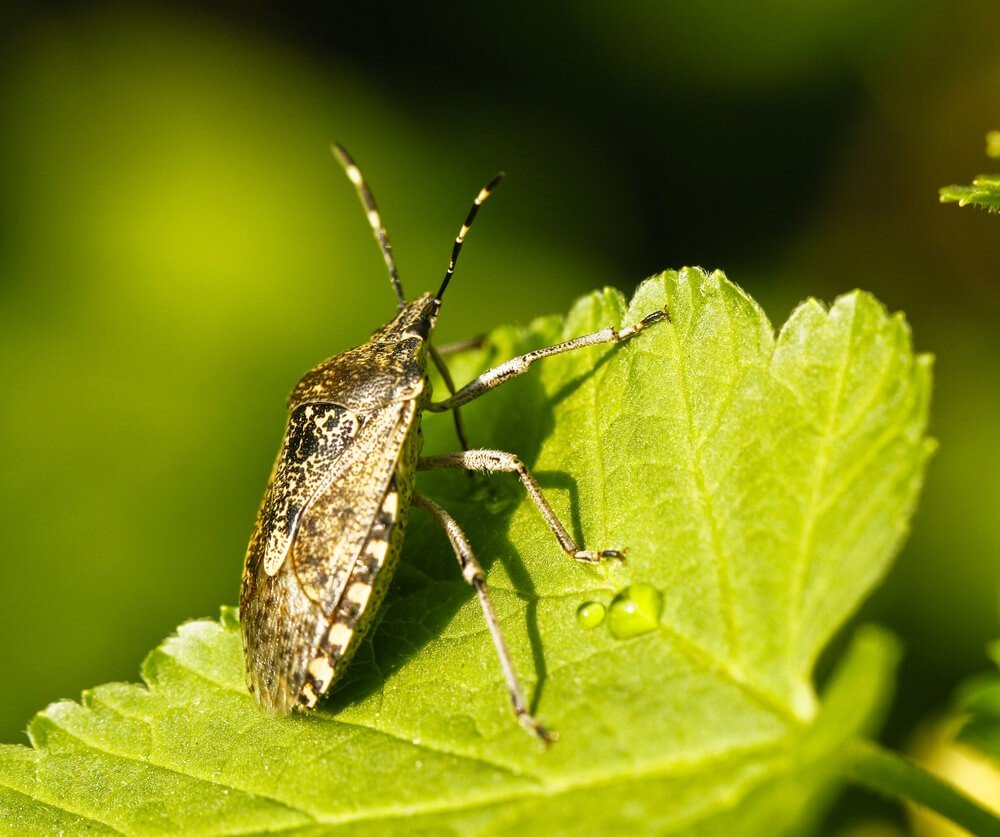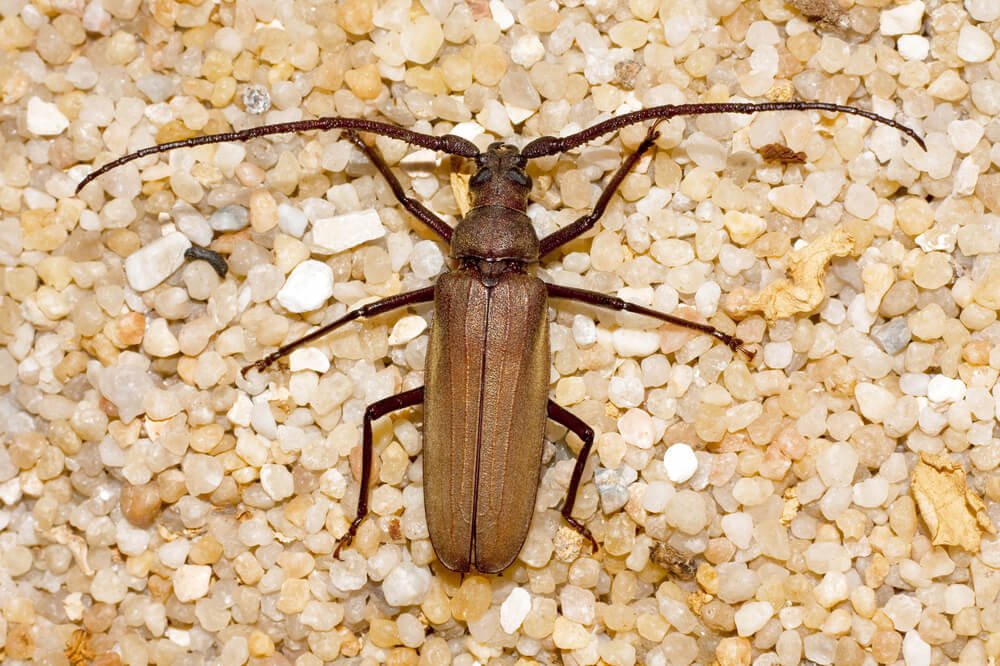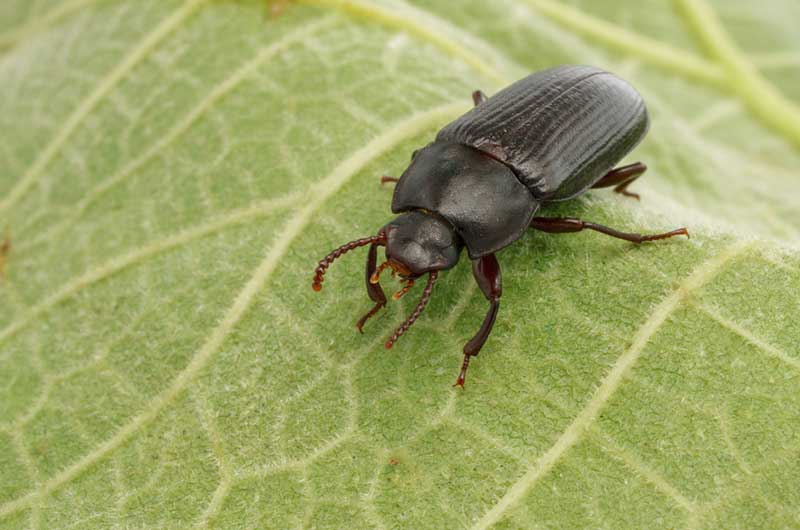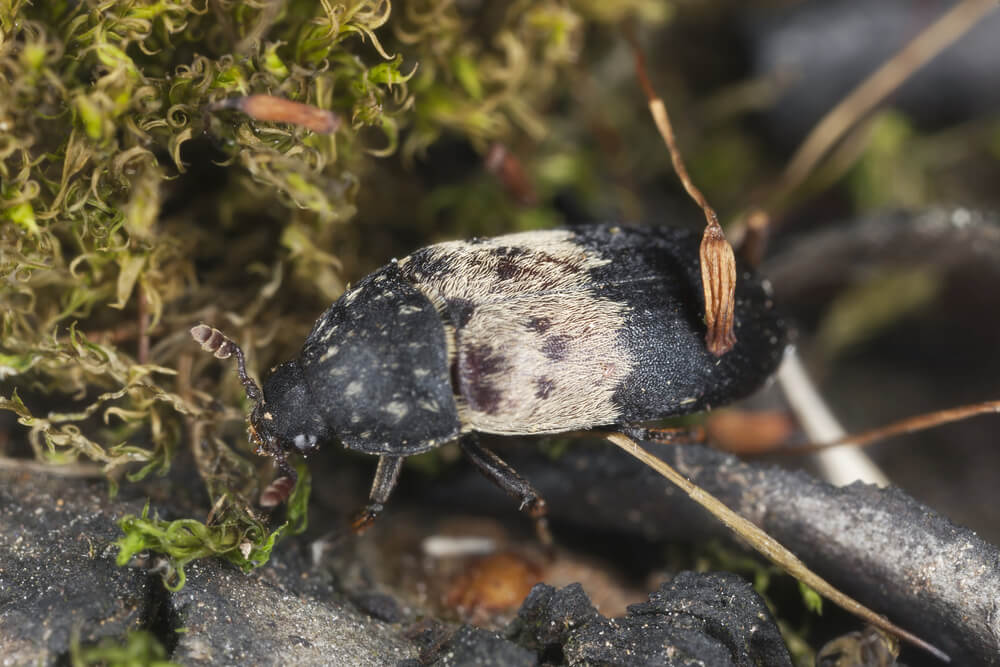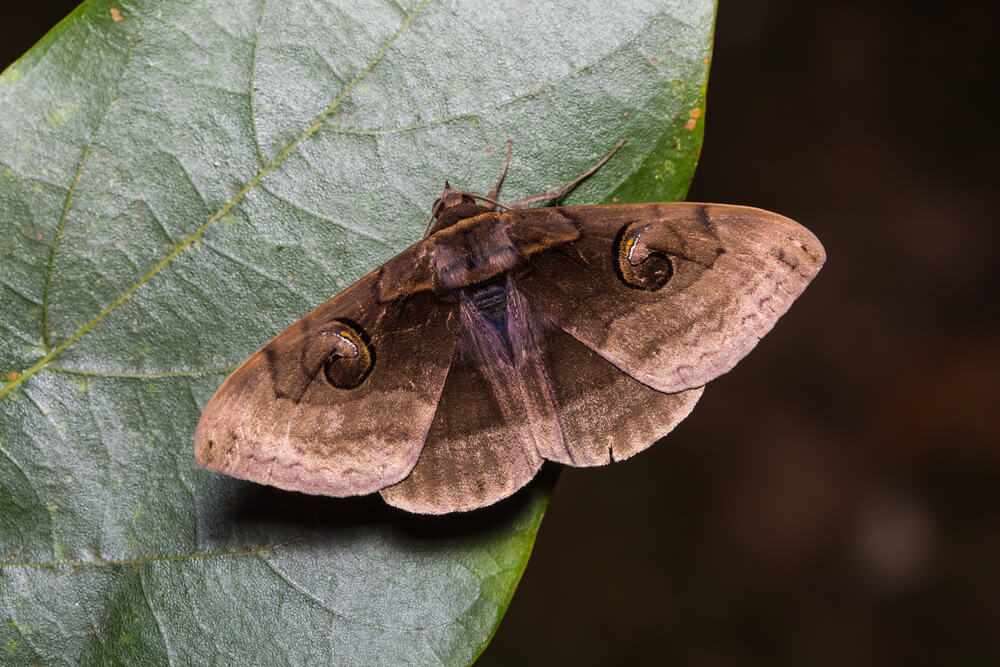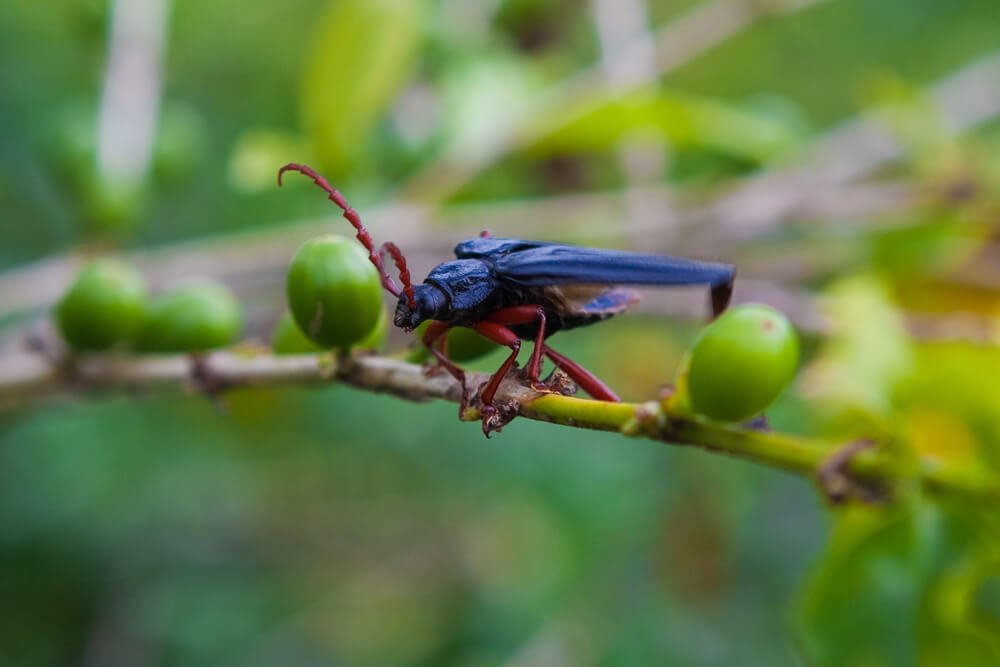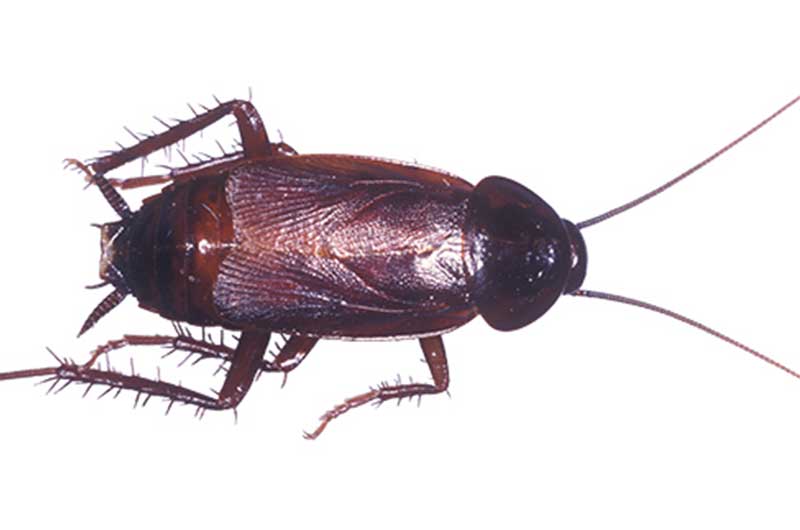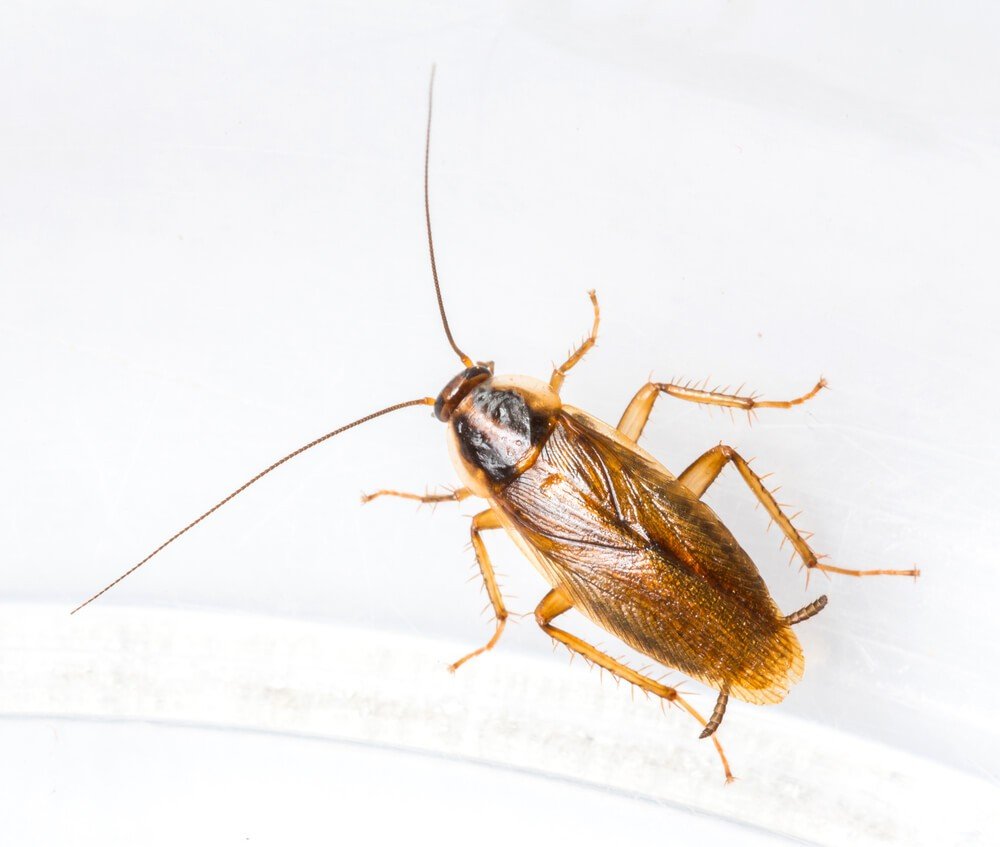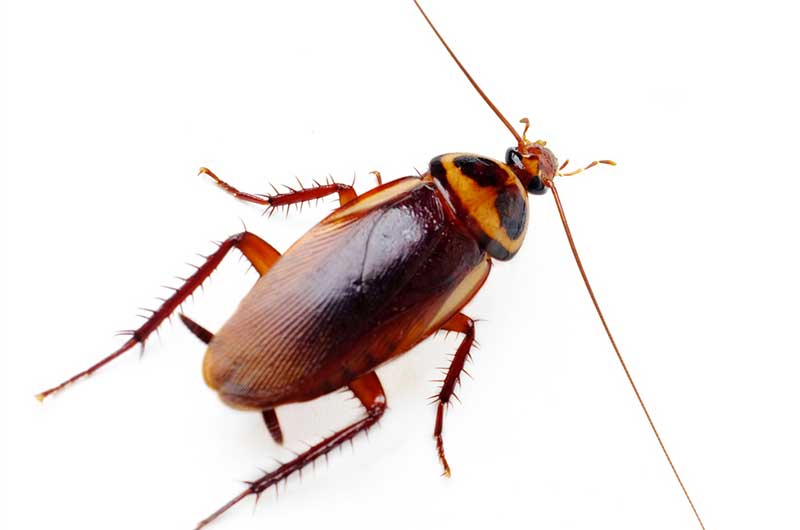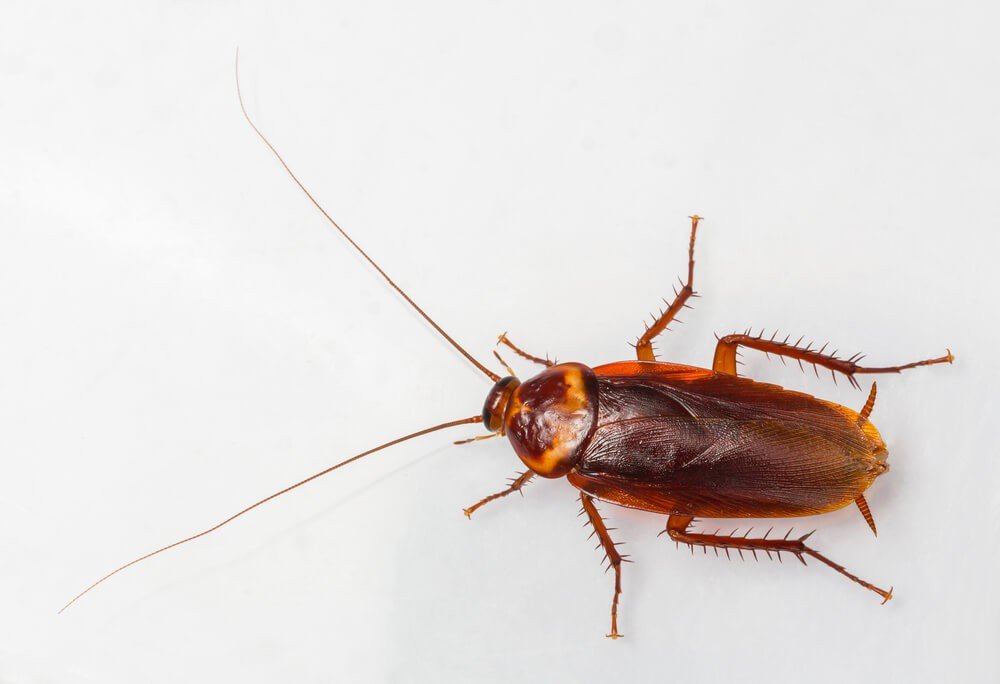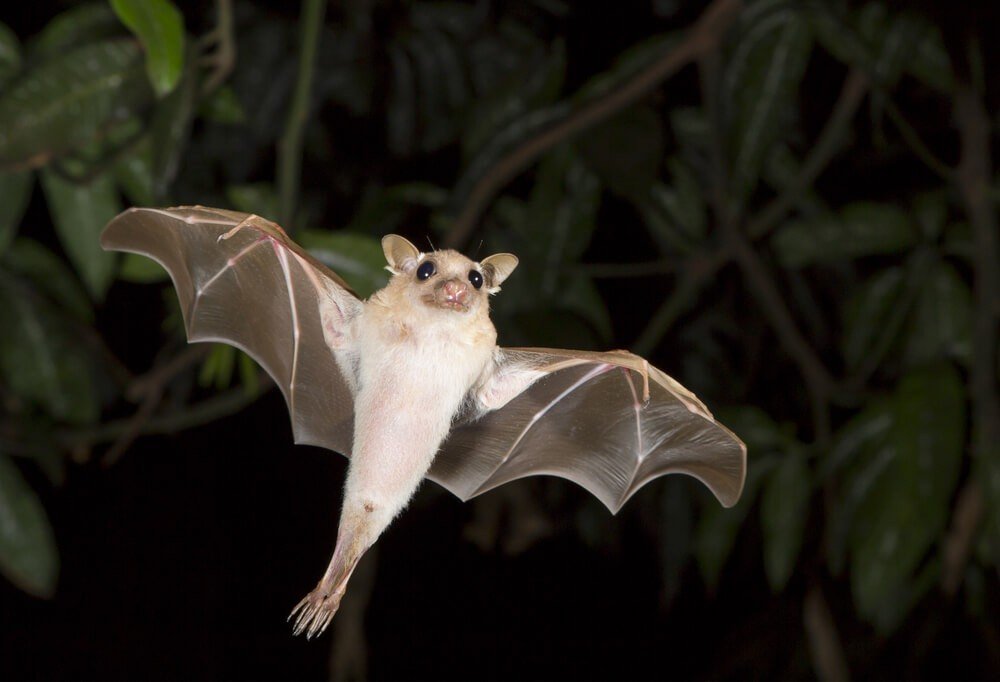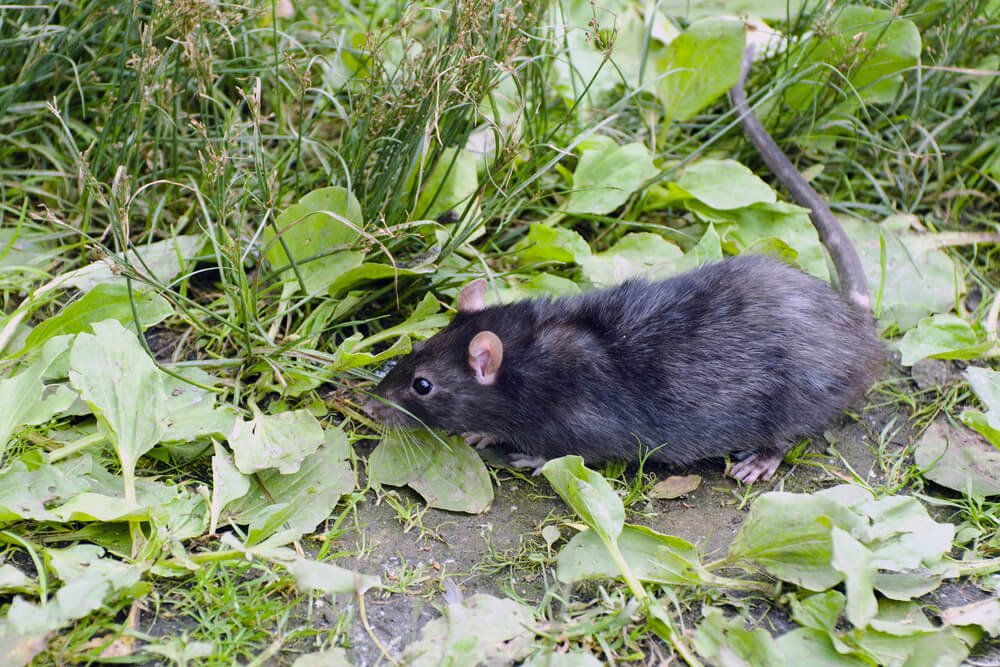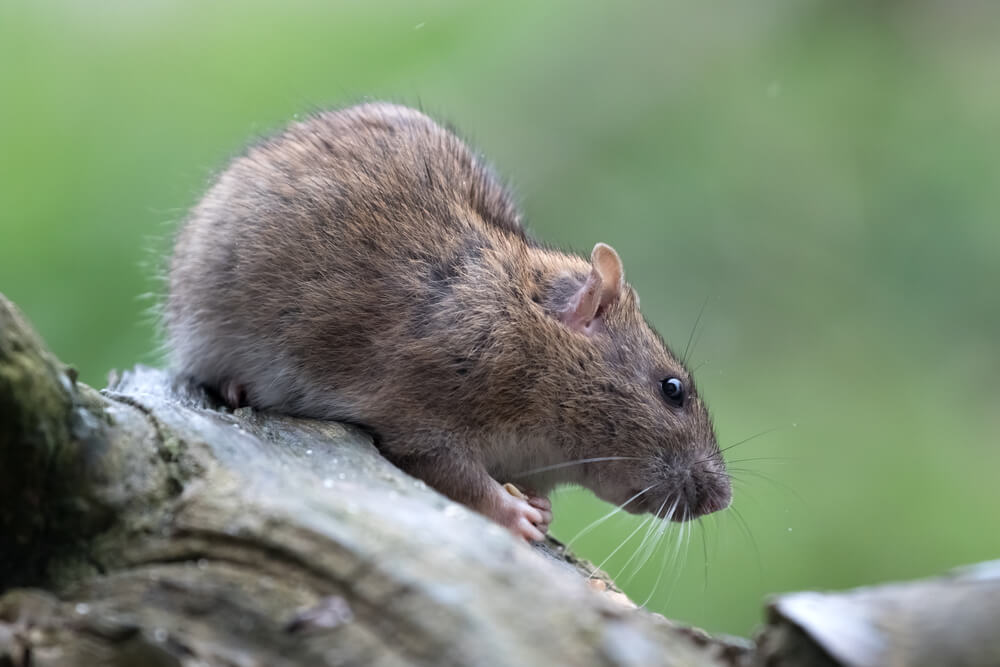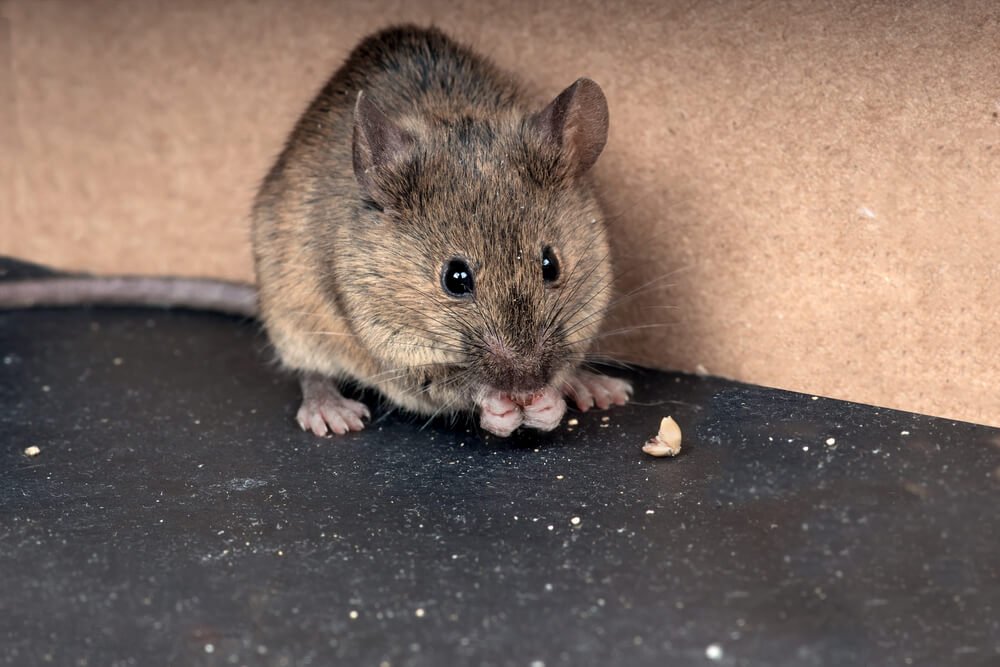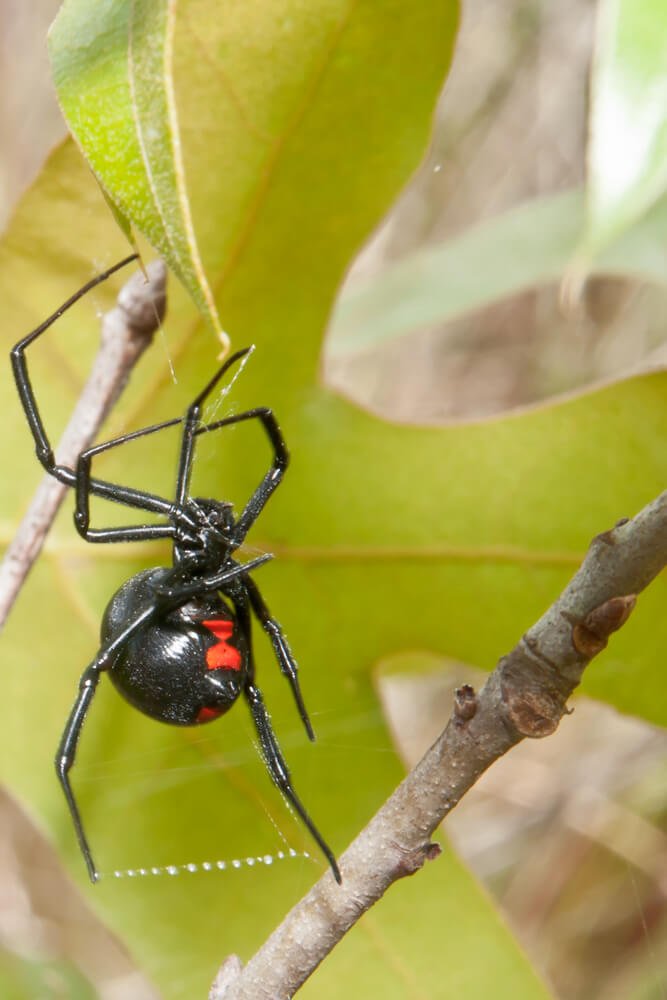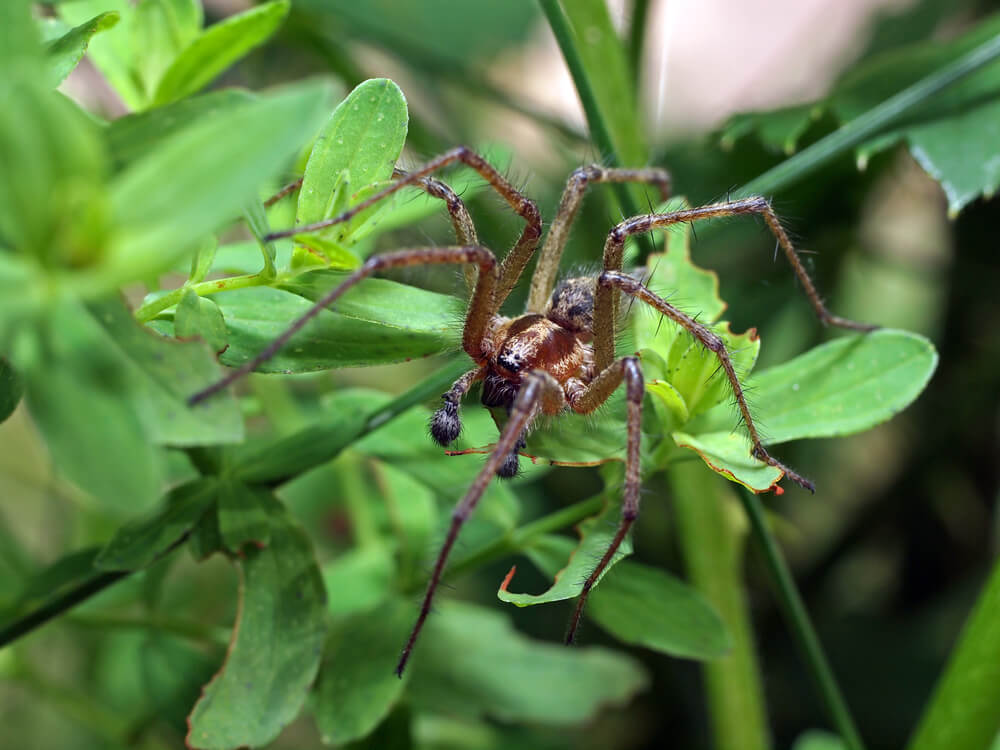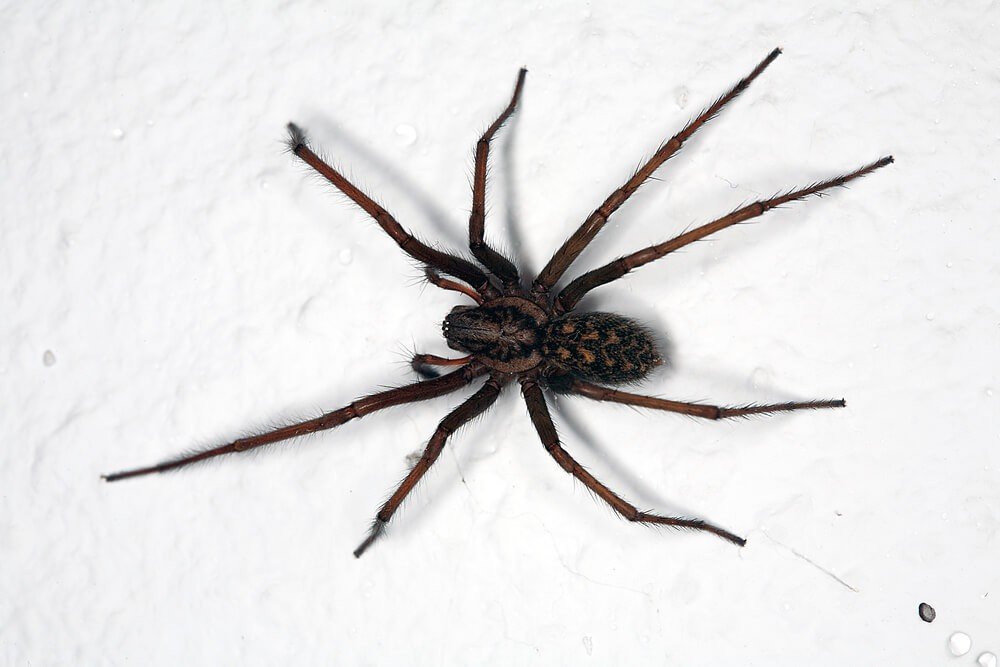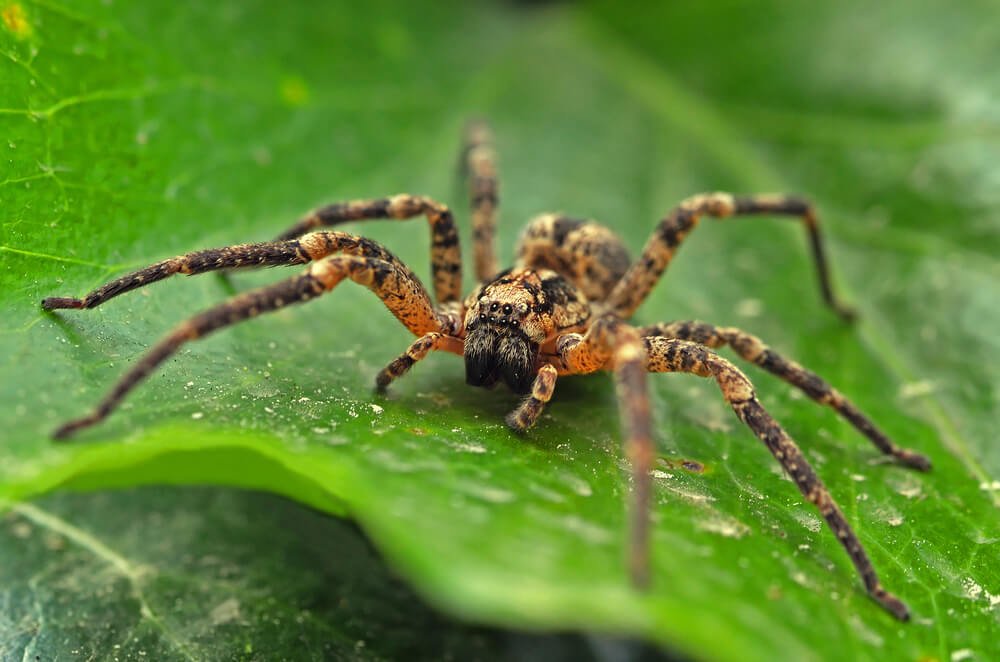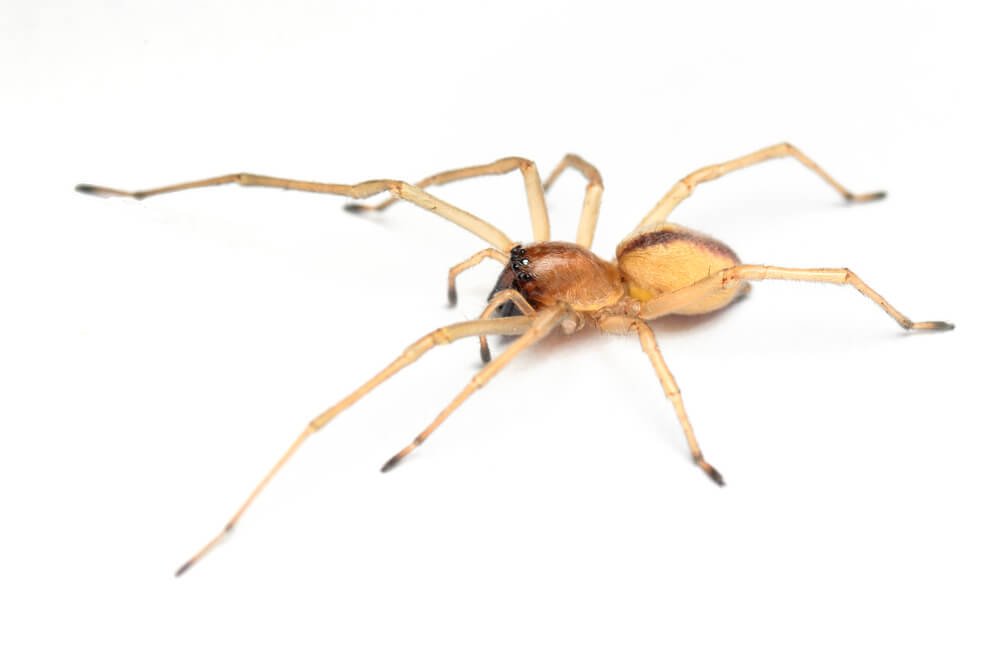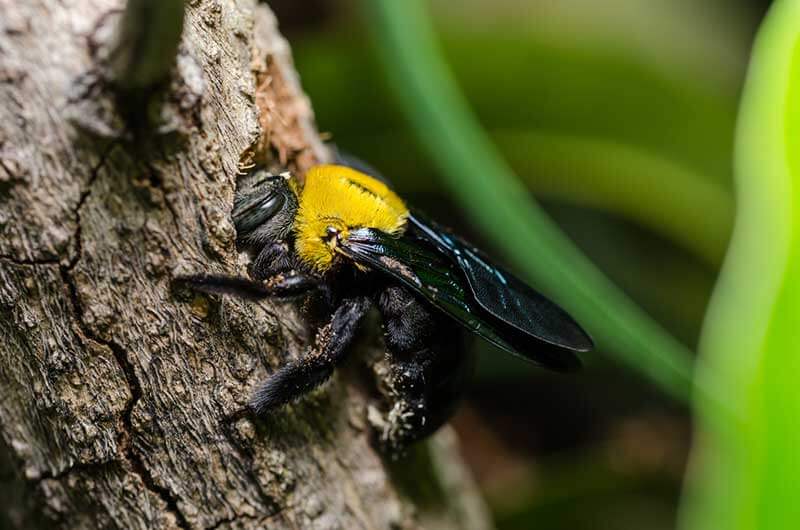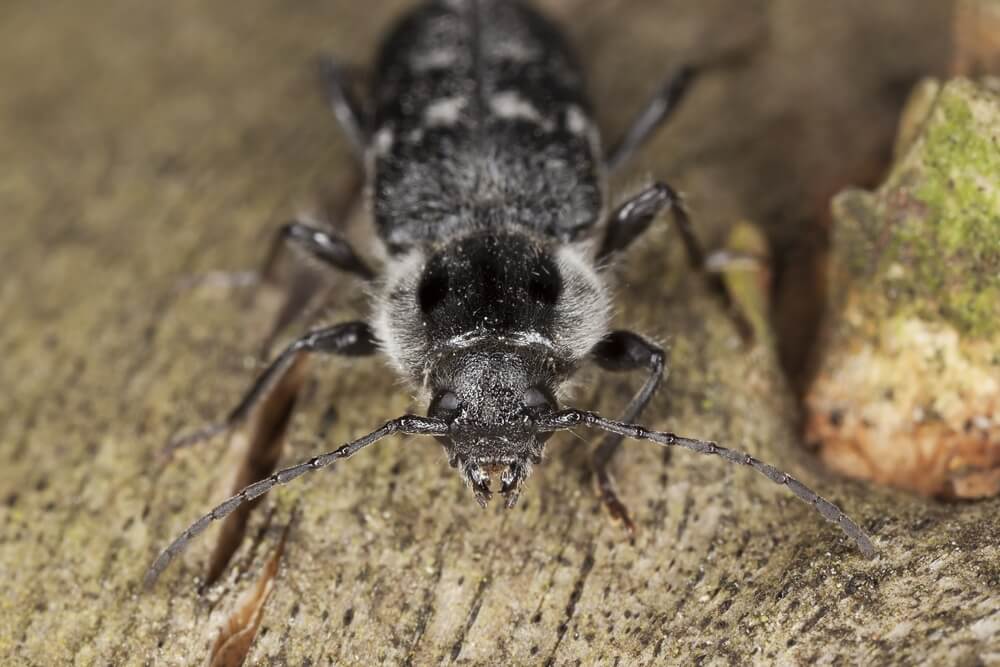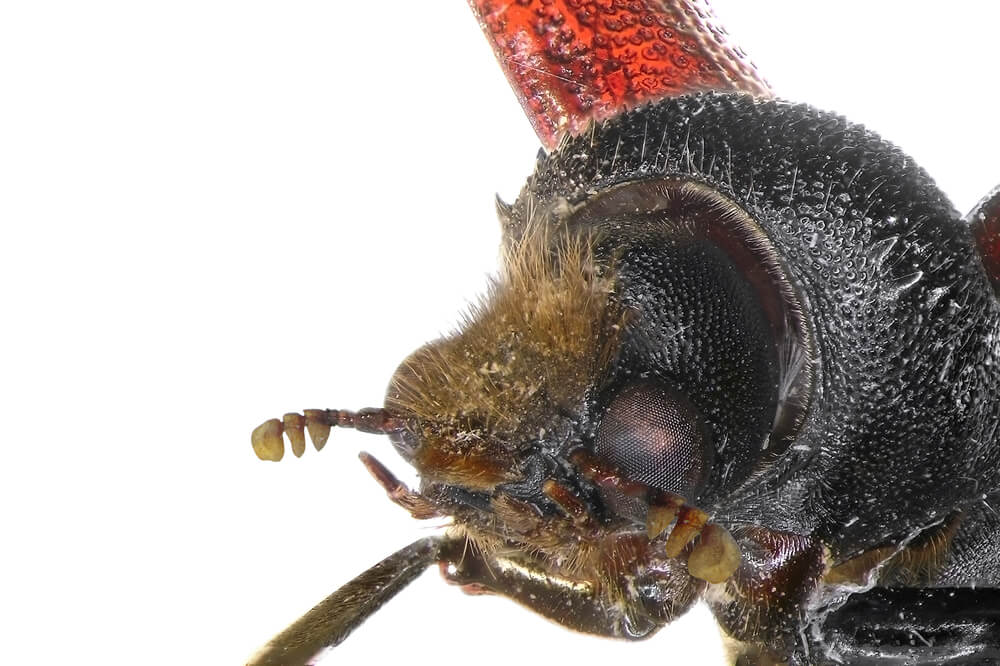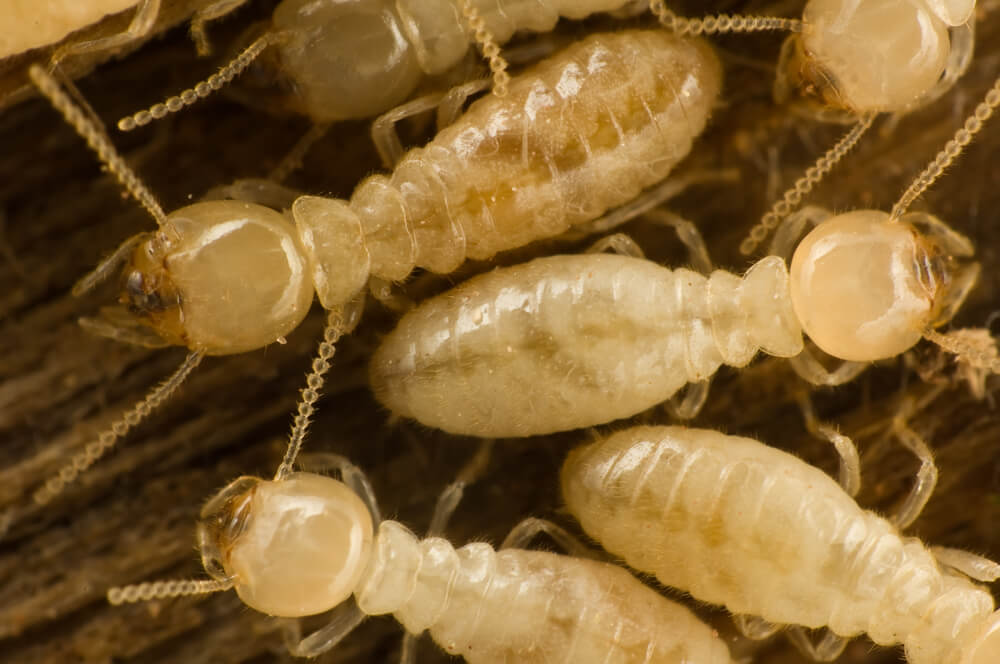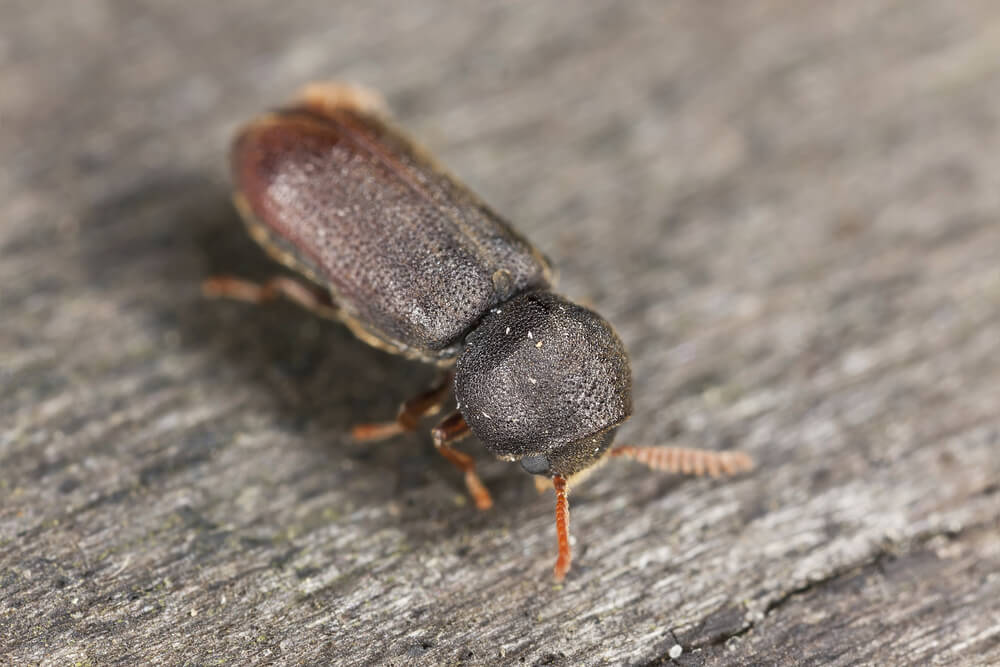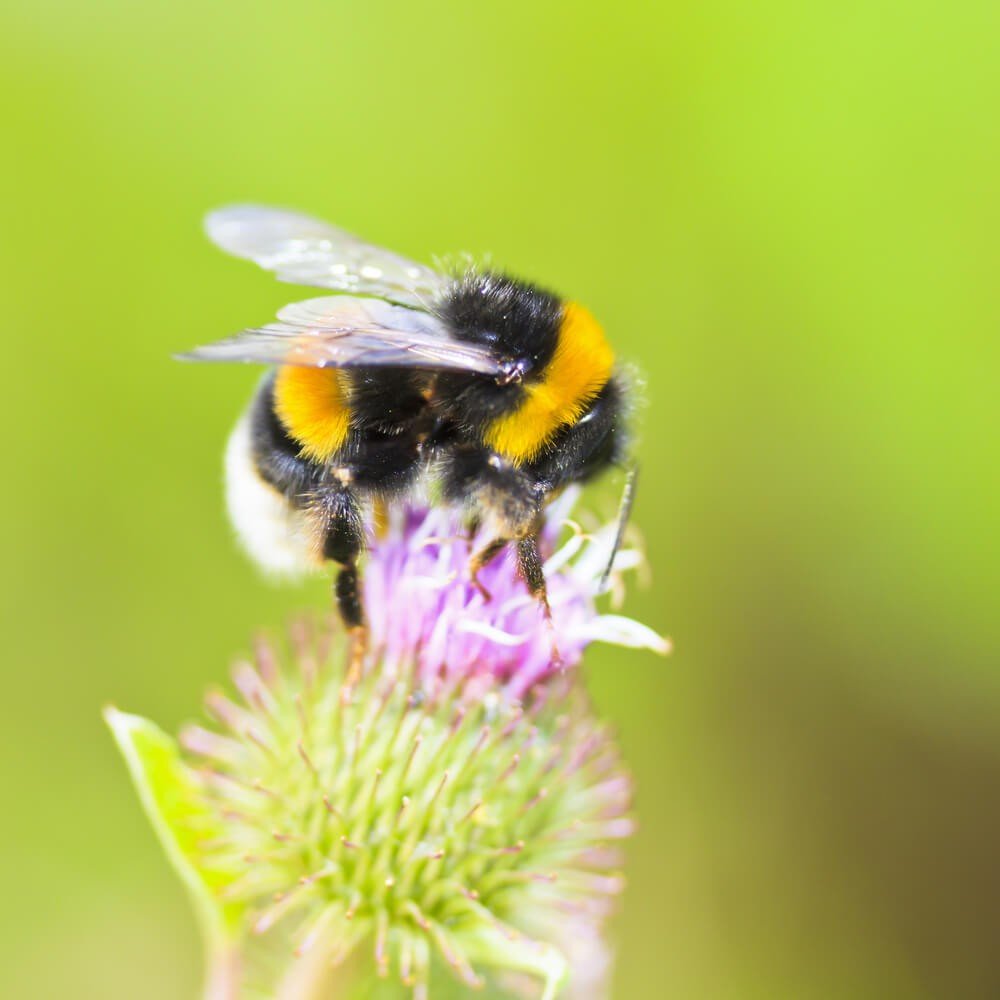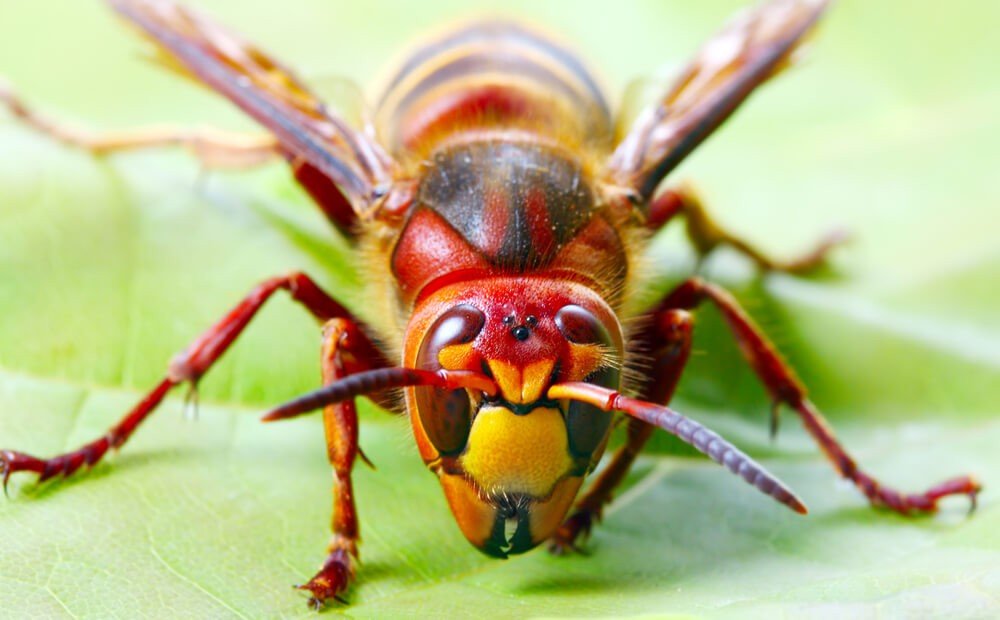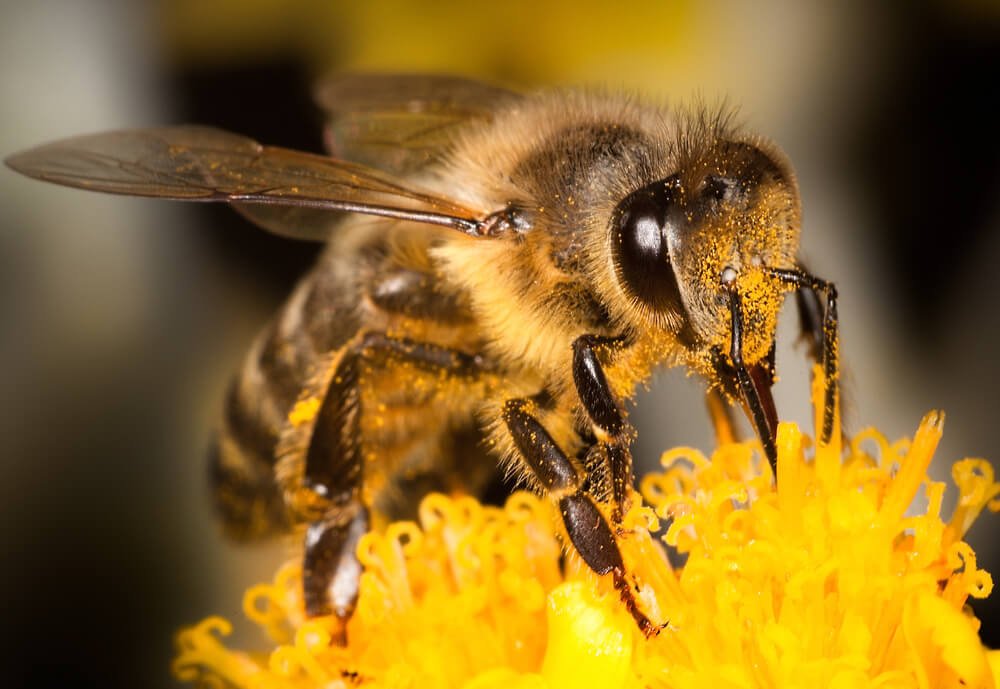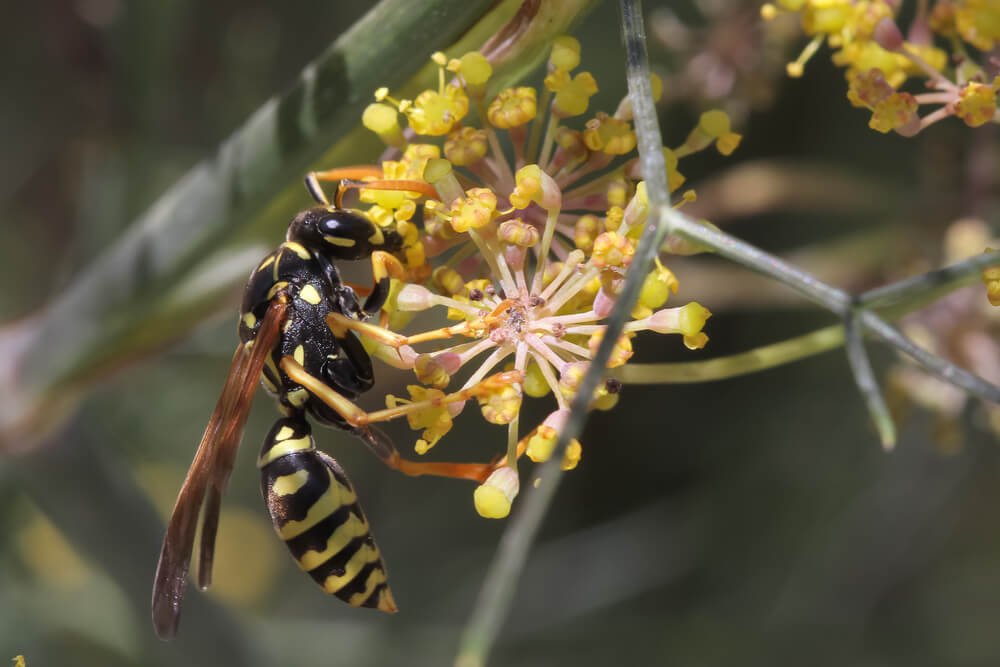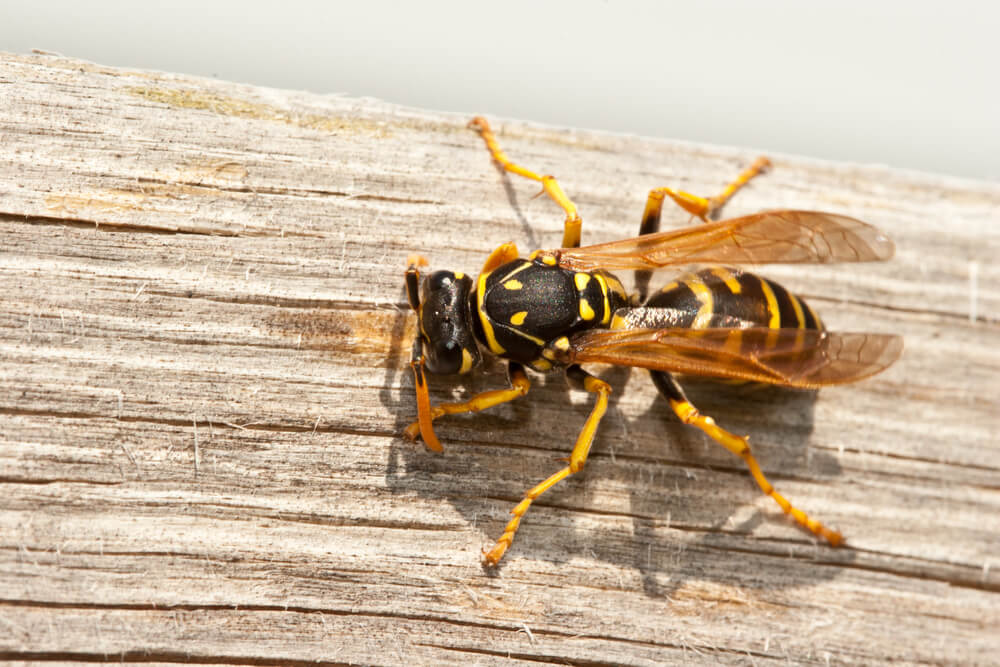Category: Rodents
Gray Squirrel
Sciurus Carolinensis
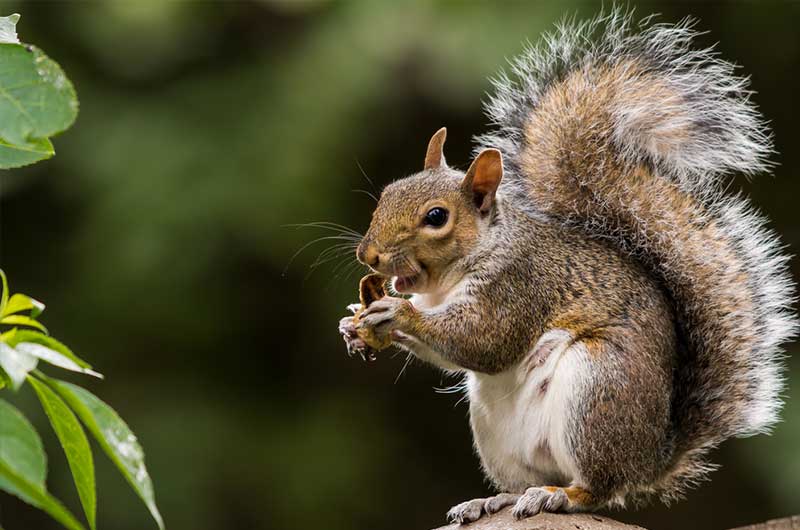
Details
Size
Length: >10"
Width: 3"
Color Brown / Tan / Gray
DIVERSITY 100s
Summary
The Eastern Gray Squirrel or the Grey Squirrel, depending on region, is a tree squirrel native to the eastern and midwestern United States and to the southerly portions of the eastern provinces of Canada.
As the name suggests, the Eastern Gray Squirrel has predominantly gray fur but it can have a reddish color. It has a white underside and a large bushy tail. Particularly in urban situations where the risk of predation is reduced, both white- and black-colored individuals are quite often found. The melanistic form, which is almost entirely black, is predominant in certain populations and in certain geographic areas, such as in large parts of southeastern Canada. There are also genetic variations within these, including individuals with black tails and black colored squirrels with white tails.
Habits
Like many members of the family Sciuridae, the Eastern Gray Squirrel is a scatter-hoarder; it hoards food in numerous small caches for later recovery. Some caches are quite temporary, especially those made near the site of a sudden abundance of food which can be retrieved within hours or days for re-burial in a more secure site. Others are more permanent and are not retrieved until months later.
Eastern Gray Squirrels are more active during the early and late hours of the day, and tends to avoid the heat in the middle of a summer day. It does not hibernate.
Predators include humans, hawks, mustelids, skunks, raccoons, domestic and feral cats, snakes, owls and dogs. On occasion, a squirrel may lose part of its tail while escaping a predator.
Habitat
In the wild, Eastern Gray Squirrels can be found inhabiting large areas of mature, dense woodland ecosystems. Close to human settlements, Eastern Gray Squirrels are found in parks and backyards of houses within urban environments and in the farmlands of rural environments.
Reproduction
Eastern Gray Squirrels breed twice a year, December to February and May to June, though this is slightly delayed in more northern latitudes. The first litter is born in February to March, the second in June to July. There are normally two to six young in each litter, but this number can be as high as 8. The gestation period is about 44 days. The young are weaned at 7 weeks and leave the nest after 10 weeks.

Causes Property
Damage

Inhabit Nearby
Foliage







